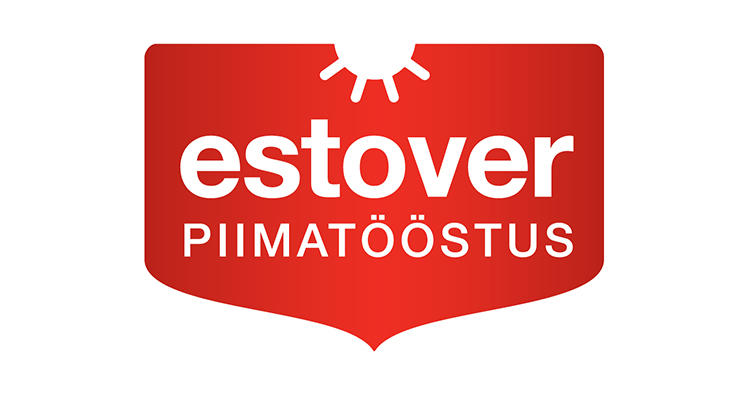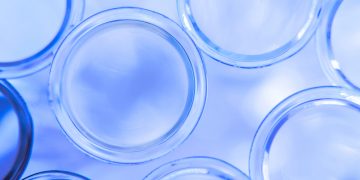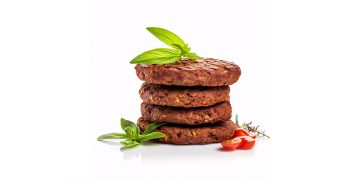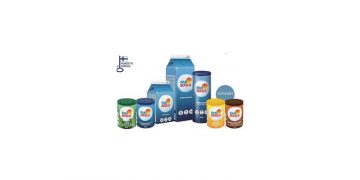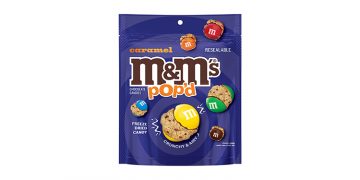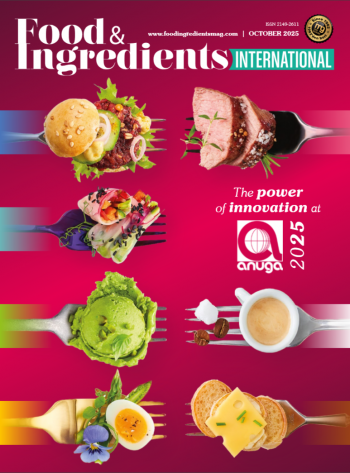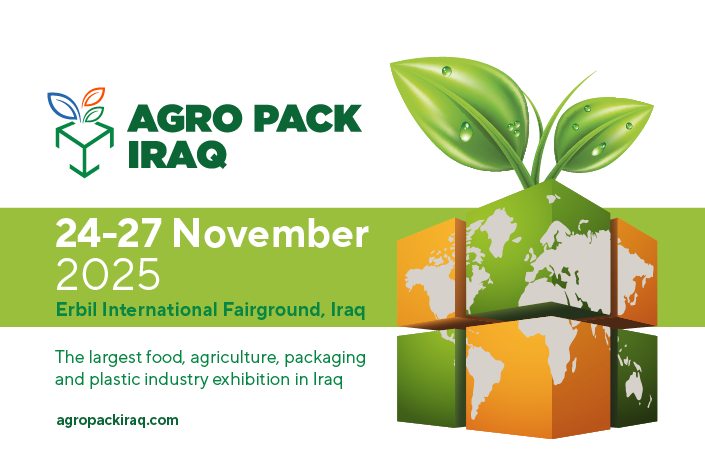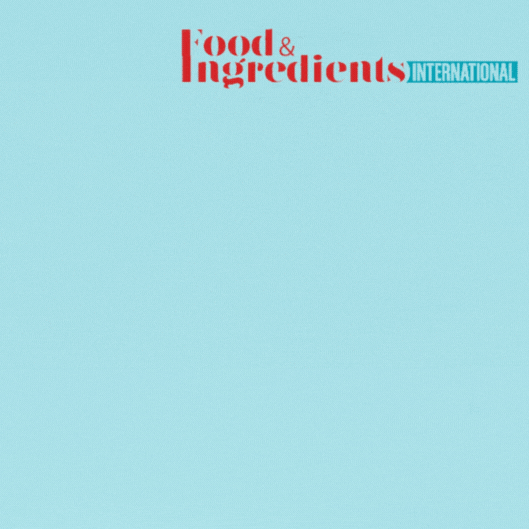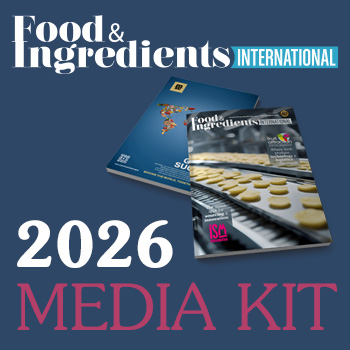Whey protein is one of the most bioavailable and fast-absorbing sources of protein, making it a favorite among health-conscious consumers, athletes, and everyday individuals seeking balanced nutrition. Unlike traditional casein-heavy dairy products, high whey protein foods are easier to digest, help with muscle recovery, and support weight management.
Estover’s new whey range focuses on high protein and low casein, making it ideal for those who need fast-absorbing, gentle-on-the-stomach protein options. Low casein content can also reduce allergic reactions and digestive issues that some consumers experience with traditional dairy.
Made with Pure Estonian Milk
All products in the new range are crafted using high-quality Estonian milk, sourced from trusted local farmers. This ensures not only excellent taste and nutritional value, but also traceability and freshness from farm to table.
Estover’s innovation blends nutritional science with Estonian dairy heritage—delivering functional products without compromising on quality or flavor.
A Strong Foundation in Dairy Excellence
Estover has been a leading force in the Baltic dairy market since 1992. Today, the company holds around 30% of Estonia’s cheese market and exports to countries including Finland, Latvia, Lithuania, Croatia, Slovakia, Romania, Norway, and Italy. Alongside cheese, Estover produces cottage cheese, cream cheese, ricotta, yogurt, processed cheeses, butter, and more.
Whey Protein Goes to Anuga
Estover will present the new high whey protein range at Anuga, the world’s leading food and beverage trade fair. In addition to this exciting launch, Estover will also showcase its wider selection of ricotta, cheese, processed cheeses, and cream cheeses—all made with care and quality at the heart.
Sustainability Behind the Scenes
What makes this product range even more remarkable is its environmentally responsible production. Estover’s facilities run almost entirely on self-produced energy, using solar parks and a biogas plant that turns whey residues and wastewater into heat and electricity. The goal? A greener, cleaner future for dairy.


